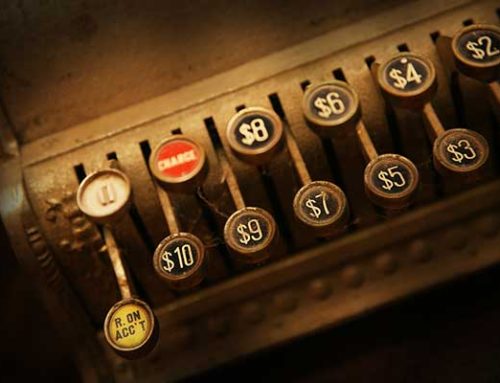 Each year Wolverine updates its debt rating with Standard & Poor’s (S&P). S&P is one of several well-known rating agencies (including Moody’s and Fitch) that will, for a fee, rate the riskiness of a company. In theory, this creates a common ranking system so lenders can determine how safe a loan may be as compared to other loans across an industry. Wolverine was initially required to get a debt rating when we purchased a 6.65% share of the Ohio Valley Electric Corporation (OVEC) back in 2010.
Each year Wolverine updates its debt rating with Standard & Poor’s (S&P). S&P is one of several well-known rating agencies (including Moody’s and Fitch) that will, for a fee, rate the riskiness of a company. In theory, this creates a common ranking system so lenders can determine how safe a loan may be as compared to other loans across an industry. Wolverine was initially required to get a debt rating when we purchased a 6.65% share of the Ohio Valley Electric Corporation (OVEC) back in 2010.
Each year, Janet Kass and the finance team prepare a detailed package that describes Wolverine’s present financial condition, and the progress Wolverine is making on a number of strategic issues. Chad Geiger develops a presentation, collects a lot of financial information, and produces financial projections for review by S&P. It takes a lot of work.
Typically, we travel to lower Manhattan, in New York’s financial district, where Janet and I tell our story to S&P, and then about 30 days later, S&P issues our new debt rating. Wolverine’s lenders and counterparties can see the report, and the results of the rating can impact the cost of our current credit lines and future loans. In short, the better the rating, the lower the cost of our borrowing — and, ultimately, this keeps costs down for our members.
This year, I invited Jon Johnson to come out with us as part of Wolverine’s leadership development program. He got to see the wonder of Wall Street, and participate in our S&P pitch. Check out Jon in front of the iconic bull market symbol. Now that’s a lotta bull!





Thanks for sharing – monthly blog?
Bob, I expect to update the Blog at least weekly.
Hopefully that was the only “Bull” involved in the presentation you all provided. I would expect it was left at the street.
Although he did spin a good yarn as the reporter at the dinner theatre at the Spring Event, so. . .
Ha Ha! If Jon spoke as quickly as he did at the dinner theater, He could have taken 15 minutes for what took Janet and me 2.5 hours!
Love the blog and the updates!!
Thanks Heather!